A Journey into the Past: My Passion for Genealogy
For years now, I’ve been casually involved in genealogy. What began as a curious rummage through old family albums gradually turned into an intense search for my family's roots. Every discovery—be it a yellowed document or an old photograph—opened a door to a bygone world and allowed me to delve deeper into the history of my ancestors.
Over the years, however, I encountered increasingly old and exotic documents that presented a real challenge, both linguistically and in terms of handwriting. Particularly the old German script Sütterlin, widely used in Germany from 1915 to around 1941, initially appeared to be an insurmountable obstacle. But with patience and practice, I learned to decipher this script and understand the stories hidden within it.
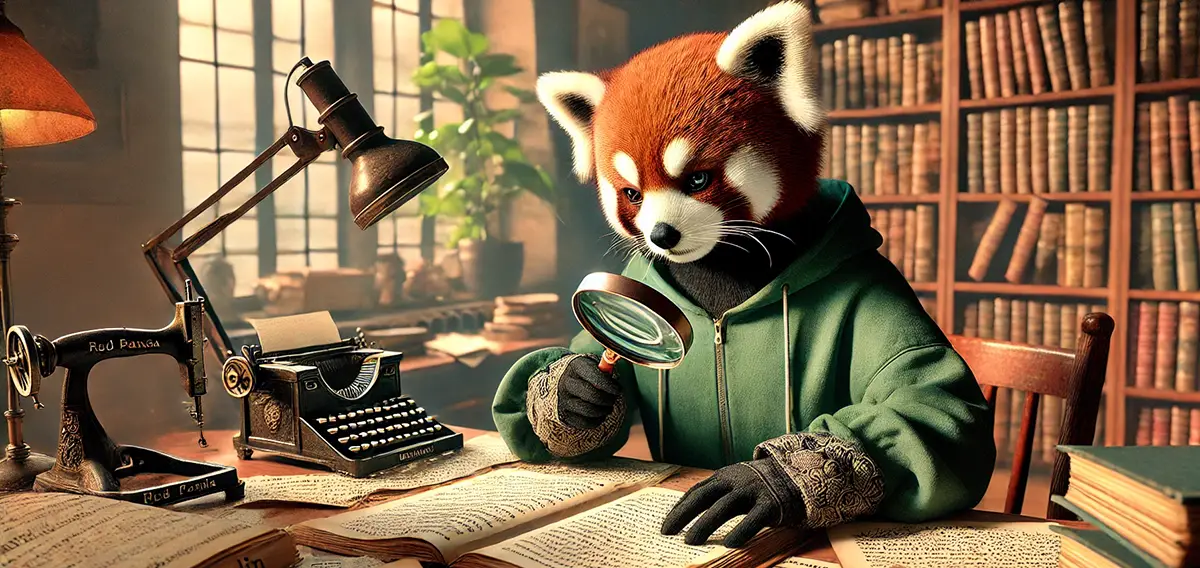
The Limits of One’s Abilities: Handwritten Documents and Illegible Words
As I became more familiar with Sütterlin and other scripts used in the civil registers and archives of the last century, there were still texts that were almost impossible to read, even with the greatest effort. Particularly challenging were old, unknown words and phrases found in official documents and letters. Additionally, the handwriting varied greatly depending on the author and was often barely decipherable.
A particularly formative example of this was my correspondence with the German Red Cross tracing service. When I tried to piece together the period of World War II in my family history, I contacted this service many years ago. After a year, I received an extensive response that included copies of handwritten Russian documents. These documents were created in a prisoner-of-war camp and written in Cyrillic script—a true nightmare for any genealogist with only rudimentary knowledge of this script.
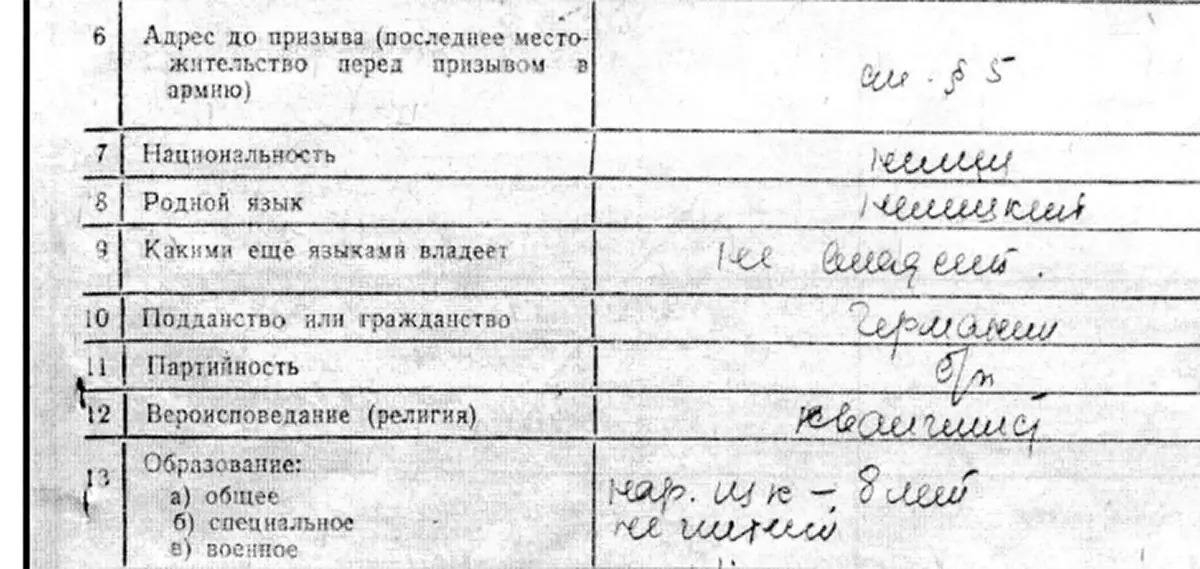
Artificial Intelligence as a Helper: Initial Successes with Text and Image Recognition
Over the years, more and more such difficult-to-decipher documents accumulated. I knew they contained valuable information that could fill gaps in my family history, but my own skills often weren’t enough to fully decipher these texts.
It wasn’t until I began using modern AI technologies like GPT-4 for genealogy that a completely new world of possibilities opened up to me. Initially, I tested the capabilities of this AI with simpler tasks, such as recognizing text on receipts and other everyday documents. To my surprise, the AI delivered an almost perfect recognition rate and even captured more difficult texts almost flawlessly.
Encouraged by these successes, I finally tackled more complex material: the Cyrillic documents from World War II. The AI not only recognized the preprinted field names but also translated them correctly. Even the handwritten entries, which were made under the most adverse circumstances, were largely accurately captured and translated. For the first time, I was able to fully understand the information in these documents and close some gaps in my family’s history.
The above section was translated by GPT-4 as follows. I usually work with GPT in English, as this language yields the best results, as one would expect from an AI developed in the USA:
7. **Национальность** (Nationality)
немец (German)
8. **Родной язык** (Native language)
немецкий (German)
9. **Какими еще языками владеет** (What other languages does he speak)
не владеет (None)
10. **Подданство или гражданство** (Citizenship)
германское (German)
11. **Партийность** (Party membership)
б/п (безпартийный) (Non-partisan)
12. **Веросповедание (религия)** (Religion)
католик (Catholic)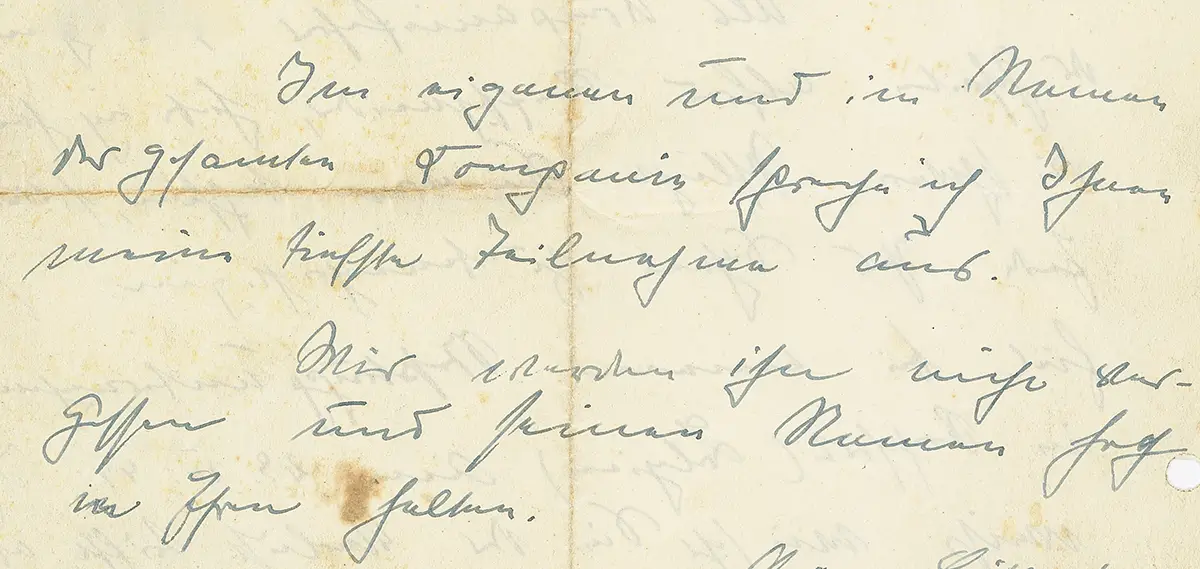
The Challenge of Sütterlin: When Even AI Reaches Its Limits
Although the AI handled Cyrillic handwriting surprisingly well, it became clear that Sütterlin presented a much greater challenge. Here, even the most advanced AI reached its limits. The results were often unusable, and in some cases, the AI even began to "hallucinate," generating completely nonsensical texts—something I rarely experience with other applications.
But even in these cases, there was a solution: I used the AI to specifically analyze individual sentence fragments and unknown words. By describing the shape of individual letters and suggesting possible variations, the AI could make helpful suggestions. It was particularly impressive that, after a few attempts, the correct word was always among the options, allowing me to decipher even difficult-to-read wartime letters, like the one pictured above.
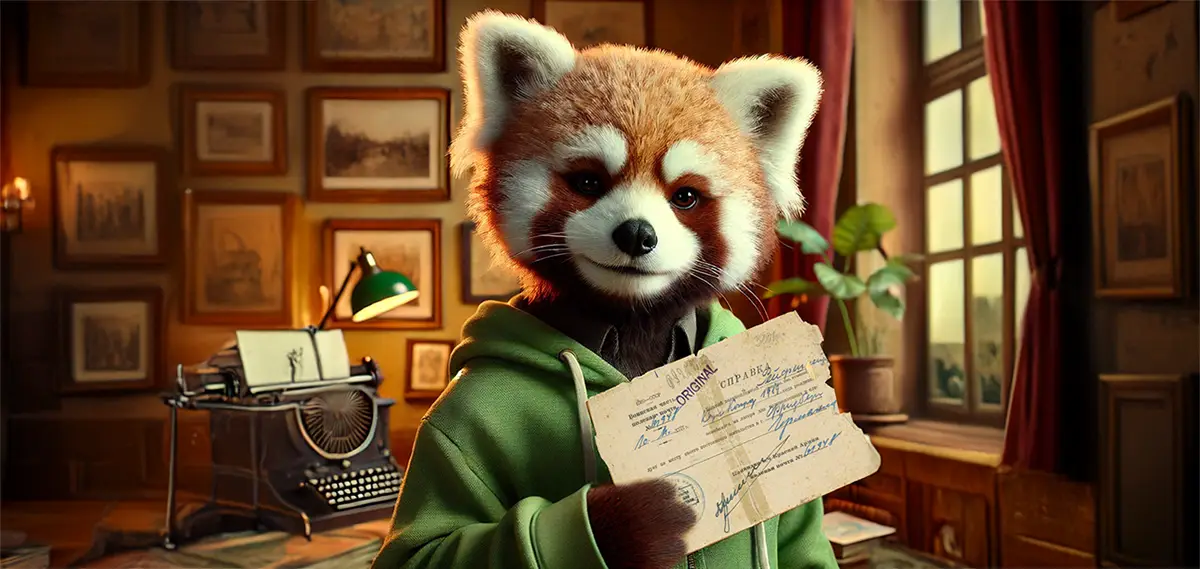
New Insights into Family History: Understanding the Past Anew Thanks to AI
With the help of GPT and other AI tools, I was able to trace the exact circumstances of my great-uncle’s death and my grandfather’s captivity during the war. These findings were not only moving but also gave me a deeper understanding of the challenges and sufferings my ancestors had to endure.
Moreover, the AI also assisted me in finding the meaning of old professions and terms mentioned in the documents. Often, one finds little or no useful information during online research. But GPT provided valuable insights in these cases as well, explaining even unusual or outdated terms in an understandable way.
Conclusion: The Future of Genealogy with AI
The combination of traditional genealogy and modern AI technology has not only helped me to understand my family’s history more comprehensively but also demonstrated the potential of using AI in genealogy. While deciphering old documents was often a matter of patience and luck in the past, AI can significantly ease and accelerate the work in many cases today.
Of course, AI does not replace the fascination and allure of personally combing through and deciphering old documents. But it is a powerful tool that helps us solve even the most challenging mysteries of our family history. With every new technology developed and every new advance in AI research, the possibilities for genealogy will continue to improve—and we can look forward to delving even deeper into the stories of our ancestors.
Are you also interested in genealogy or facing similar challenges as I did? Share your experiences in the comments or contact me for a discussion! Let’s explore together the possibilities that modern technology offers for our journey into the past.
This post was created with the support of artificial intelligence (GPT-4o). All images are a mix of AI and the real documents from my genealogy research.
Curious how AI can create such texts, images, and branding from your own ideas? Learn more about it on the Neoground GmbH website.

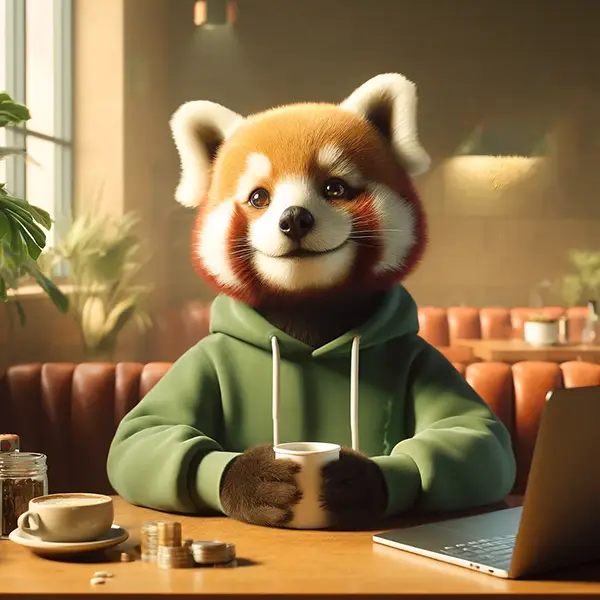





Noch keine Kommentare
Kommentar hinzufügen